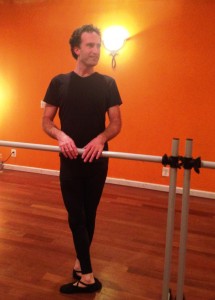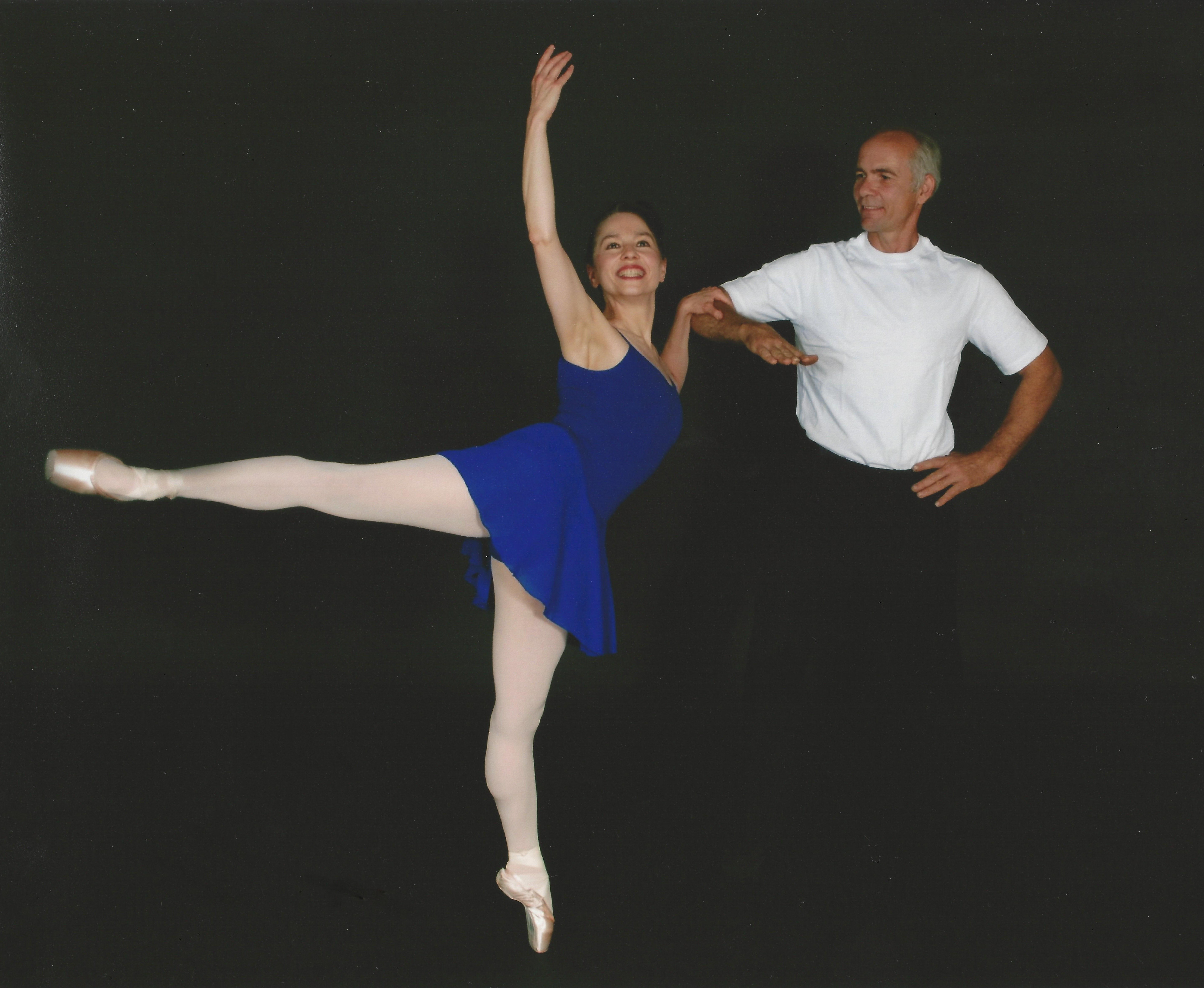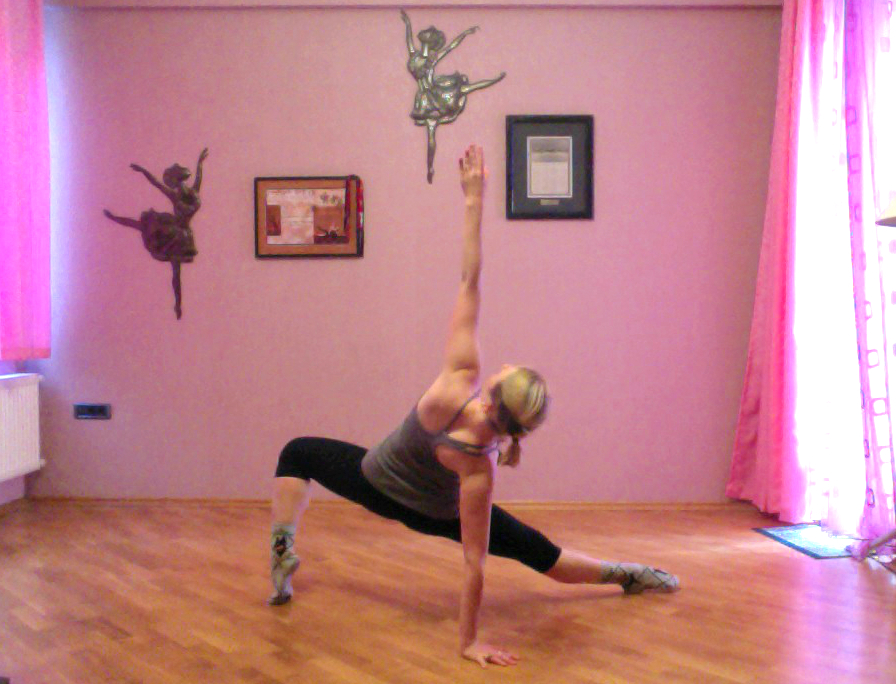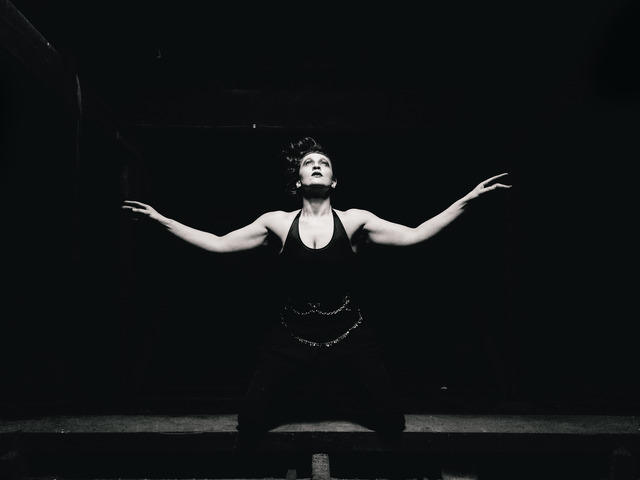This week’s profile is of Don Wilson, one of my classmates at Philly Dance Fitness who started at our studio 6 months ago. Read more about him below:
When did you start doing ballet as an adult?
6 months ago I began taking Beginner 1 at Philly Dance Fitness.
Did you ever take lessons as a kid?
No, but wish I had!
Why did you decide to take ballet as an adult?
There are SO many reasons… For starters, I love to dance! Working at a desk most days, it’s nice to have a fun form of exercise. We men also tend to be a little too stiff in our general movements, so another goal was to move more fluidly and gracefully in everyday life. With only the reasons above, any dance probably would have been great but there’s just something about ballet that’s therapeutic. It’s so graceful, requires so much strength and concentration that it’s impossible to be thinking about problems at work or home when taking the class or practicing at home.






